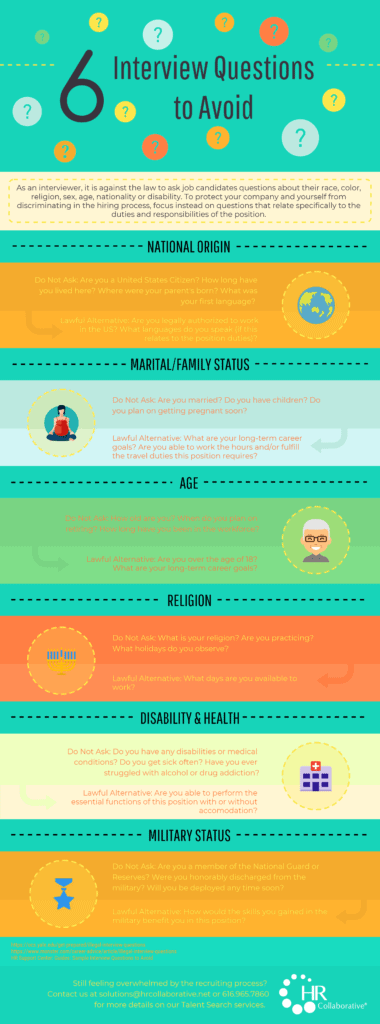How to Choose the Right HR Management Solution

HR is the backbone of any organization’s success; if people don’t get paid on time and correctly every time, a company can’t function. In today’s competitive labor market and changing compliance landscape, managing HR functions effectively is an increasingly complex undertaking. That’s why choosing the right HR management solution is critical. The right solution can streamline your people operations, enhance employee engagement, ensure regulatory compliance, and free up your HR team to work on strategic efforts.
With countless HR software platforms and service providers available today, selecting the right one can seem overwhelming. That’s why we’ve created a guide to help you find the right solution for your organization.
What Are HR Management Solutions?
HR management solutions are designed to help organizations handle all aspects of their HR processes with efficiency. These solutions come in various forms, but their primary goal is to automate, simplify, and optimize critical HR tasks.
HR management solutions typically cover a wide range of HR functions, including:
- Recruitment and onboarding
- Employee data management
- Payroll and benefits administration
- Compliance management
- Performance tracking
Types of HR Management Software
There are many types of HR management software available, each designed around different needs. Understanding the different types can help you choose the best solution for your organization. Below are some of the major HR solution types:
- Human Resource Information Systems (HRIS): A comprehensive solution that integrates several HR functions like employee data management, payroll, and benefits administration.
- Human Capital Management (HCM): A broad solution that includes talent management, workforce planning, and strategic HR functions along with traditional HR tasks.
- Applicant Tracking Systems (ATS): Software focused on automating and streamlining recruitment processes, including job postings, applicant tracking, and interview scheduling.
- Payroll software: This software is dedicated to managing payroll processing, tax compliance, and benefits administration.
- Learning Management Systems (LMS): These tools are designed to manage and deliver employee training and development programs.
- Performance Management Software: Solutions that track employee performance, set goals, and facilitate reviews.
How to Choose an HR Management Solution
1. Define Your HR Management Needs
Before jumping into the available software options, your first step should be to understand your current HR processes and pain points. Start by conducting a thorough assessment of your HR functions. Identify areas where your current processes are lacking, whether it’s payroll, employee onboarding, compliance tracking, recruiting, or another critical function. Are you spending significant time on manual data entry? Are changing employment laws causing a compliance nightmare? Struggling to get candidates or find the right ones?
Knowing your pain points will help you prioritize which HR solution features are most important for your business. Some common HR functions that businesses often need help with include:
- Payroll processing
- Employee onboarding and offboarding
- Benefits management
- Time and attendance tracking
- Compliance with labor regulations
- Employee performance management
- Applicant tracking
2. Consider Your Business Size and Industry
The size of your company plays a significant role in determining which HR management solution is right for you. Small businesses may only need basic HR tools to handle payroll and employee data, while larger enterprises can require larger, more complex systems that include advanced workforce management features.
Different industries also have unique HR needs, especially in terms of compliance. For instance, companies in healthcare or manufacturing may have stricter labor regulations that require specialized compliance tools. Make sure to choose a solution that fits the regulatory landscape and operational dynamics of your industry, location(s), size, and unique operations.
3. Evaluate Software Features and Capabilities
When evaluating HR management solutions, it’s important to examine the features they offer. Some key features to look for include:
- Employee self-service portals: Allow employees to access and update their information to reduce HR’s workload.
- Benefits administration: Ensure the software can handle a wide range of benefits packages, from health insurance to retirement plans.
- Time and attendance tracking: Automate the process of tracking employee hours and overtime.
- Performance management tools: Tools that help set goals, provide feedback, and facilitate performance reviews.
- Compliance management: Features that help you stay compliant with labor laws, tax regulations, and data protection standards.
4. Assess Integration with Existing Systems
Many organizations already use HR and payroll management solutions. If you do, you’ll need to determine how any new software will interact or integrate with your current software. A seamless integration can prevent data silos and ensure smoother workflows, but it’s not always possible.
It’s also important to evaluate potential integrations with other tools in your organization’s tech stack. Can time and attendance be connected with your project management tool? Can the payroll general ledger directly sync into your bookkeeping software?
Integrations between software can significantly reduce inaccuracies and time spent on manual data entry. They also allow for more comprehensive business analytics and provide an opportunity for HR to demonstrate the value they bring to an organization’s overall success.
5. Evaluate User Experience and Accessibility
An HR management solution is only as effective as its usability. If the software is difficult to navigate or overly complicated, both HR professionals and employees will struggle to use it. And HR will need to spend a significant amount of time training and re-training staff on its use. That’s why user experience should be a key factor in your decision.
It’s a best practice to request a demo or free trial to assess the software’s interface. Research user reviews of the software to understand what a typical experience is. Forums can be a great resource to get an unfiltered sense of what users think of a platform.
Look for solutions with an intuitive layout and accessible features, such as mobile compatibility for on-the-go access. A smooth, user-friendly interface can greatly reduce the learning curve and improve overall efficiency. And the more enjoyable the experience is, the more likely staff will use the system and its features, making adoption much easier.
6. Consider Scalability and Flexibility
As your business grows, your HR needs will evolve. It’s important to choose a solution that can scale with your company. It’s important to have a strong understanding of the future growth goals of the organization. For instance, is your company planning on significantly increasing headcount over the next few years? If so, is the software designed for that large of an organization? Are there plans to hire in a new state? Can the software handle multi-state regulations? Do you plan to increase upskilling and re-skilling? Does the software have an LMS or the ability to integrate with one? The HR solution you choose will look very different depending on where your company is headed in the next 3 to 5 years.
7. Compare Pricing Models
HR management software typically comes with different pricing structures, including per-user fees, tiered subscriptions, or flat-rate models. Understanding these pricing models is key to ensuring you get the best value for your investment. Some solutions offer free basic versions, while charging for advanced features.
Make sure you understand what’s included in each pricing package, whether it’s customer support, software updates, or additional features. Be wary of hidden costs that could inflate your overall expenses.
8. Evaluating their Implementation Process
The implementation process of an HR management solution is a crucial factor that can significantly impact how successfully the software is adopted by your organization. A smooth, well-supported implementation will ensure that the system is integrated with minimal disruptions, while a poorly executed rollout can lead to delays, user frustration, and even failed adoption.
Be sure to ask questions about the timeline of implementation, staff training, and support both during and after the implementation process. A vendor that provides a full, step-by-step implementation plan can help reduce your HR team’s workload and ensure the system is set up correctly from the start.
9. Make a Final Decision
After reviewing your options, it’s time to get feedback from your team. Be sure to engage your HR staff and key stakeholders in the decision-making process. Discuss the pros and cons of each solution and use a clear set of criteria to make the final call. Your criteria should include everything from functionality and scalability to pricing and user experience.
Looking for HR Solution Selection Help?
Choosing the right HR management solution is a critical step in optimizing your HR processes and supporting your business growth. If you need guidance or professional assistance, HR Collaborative can help. Reach out to our expert team today.
Share This Article
































































































